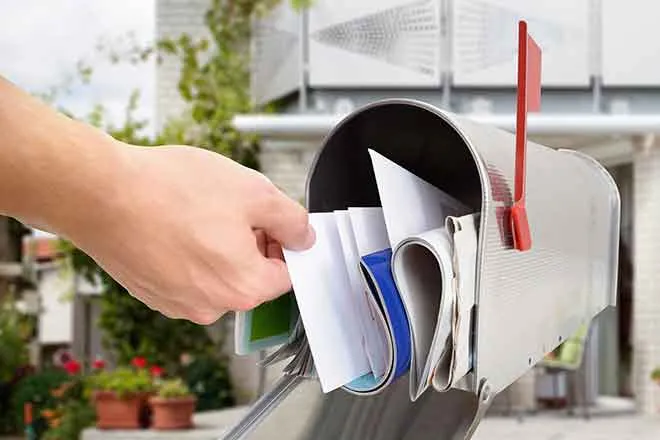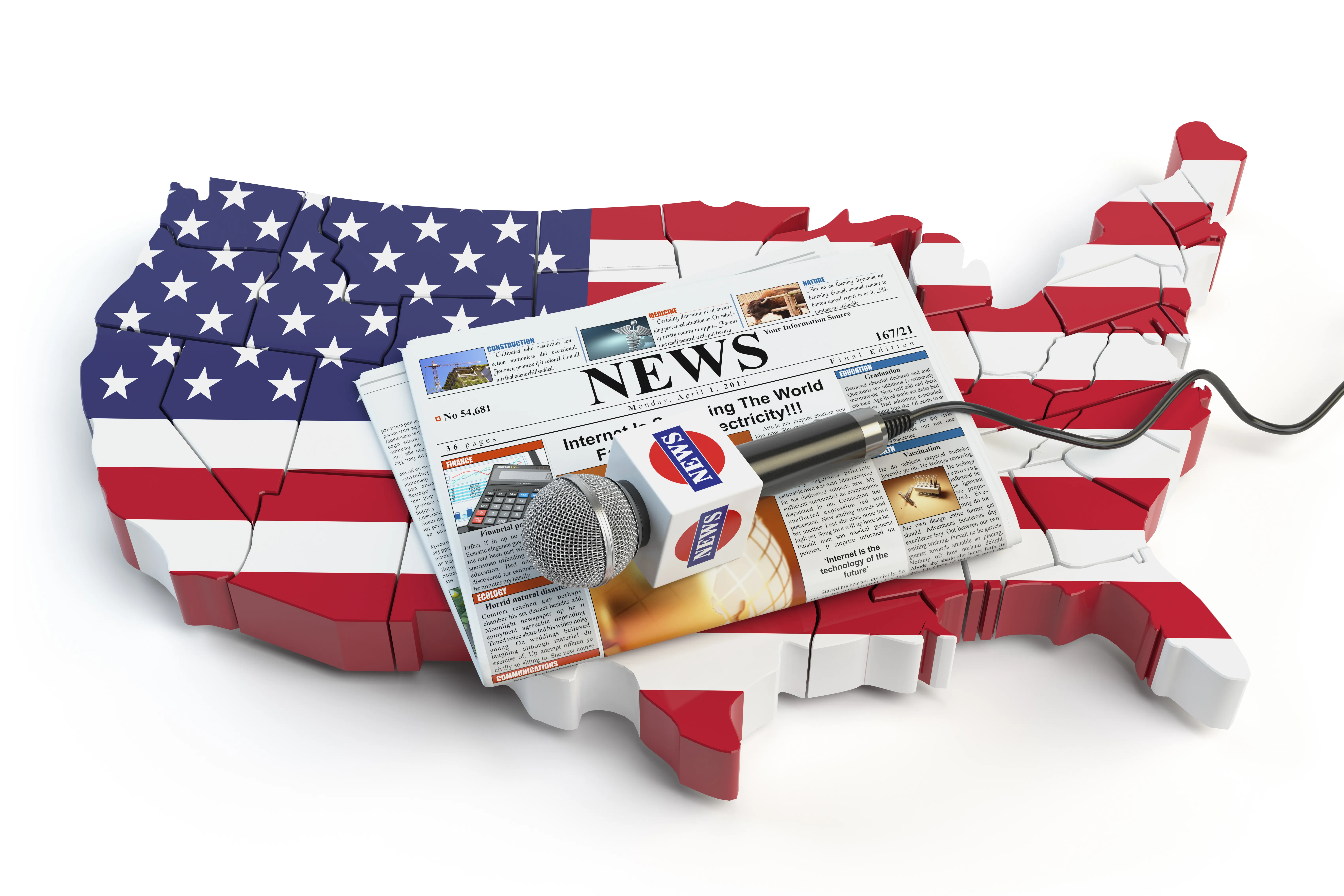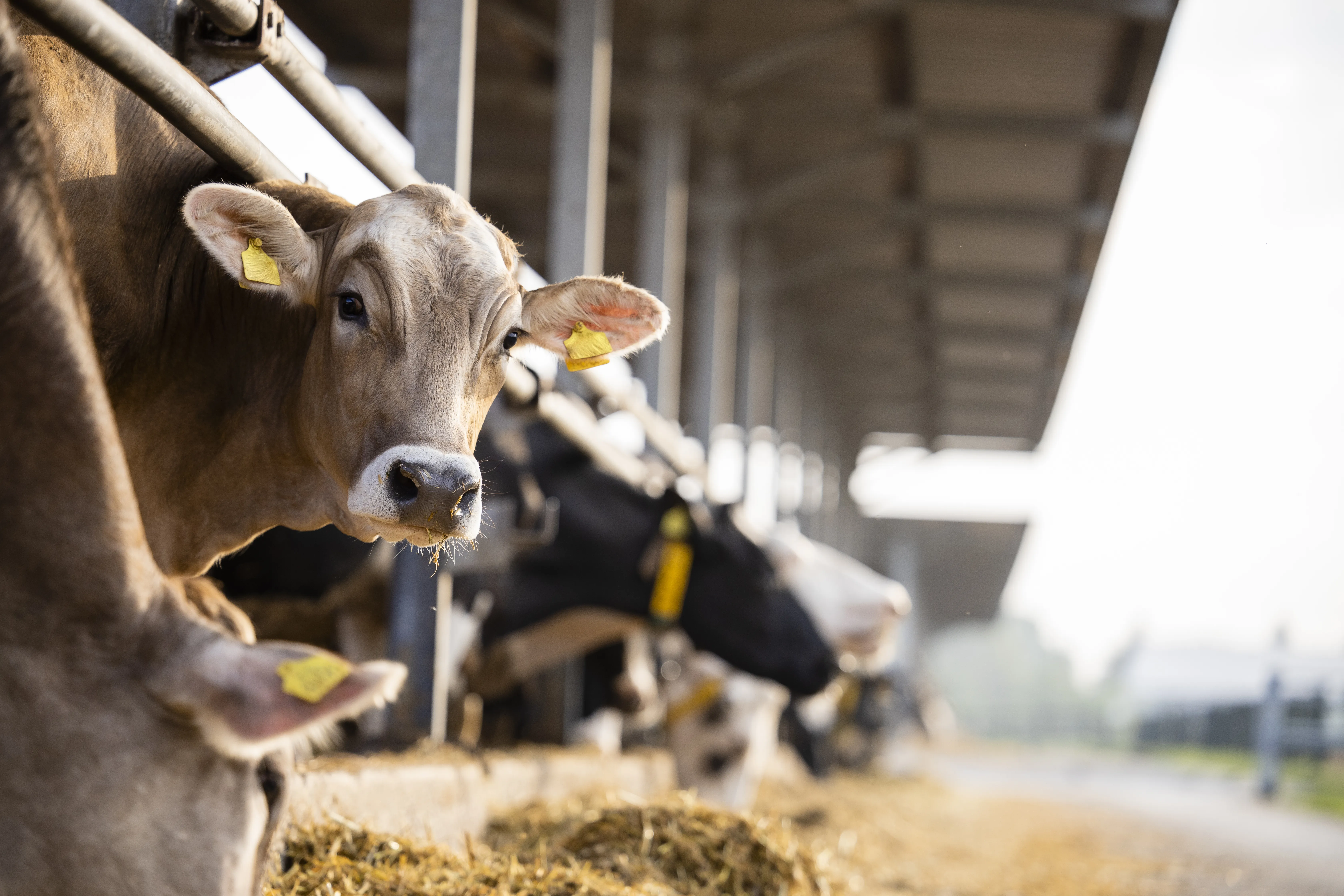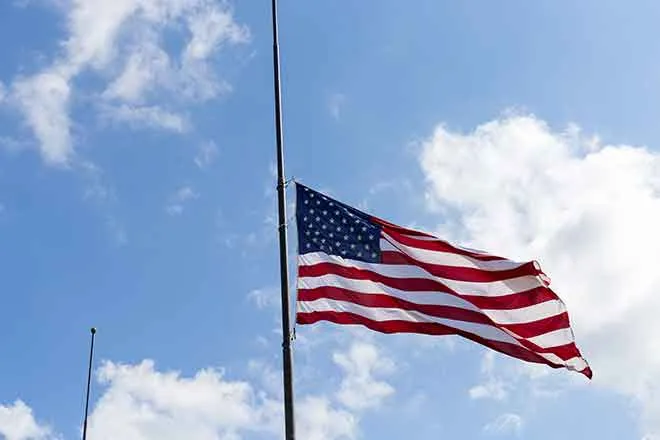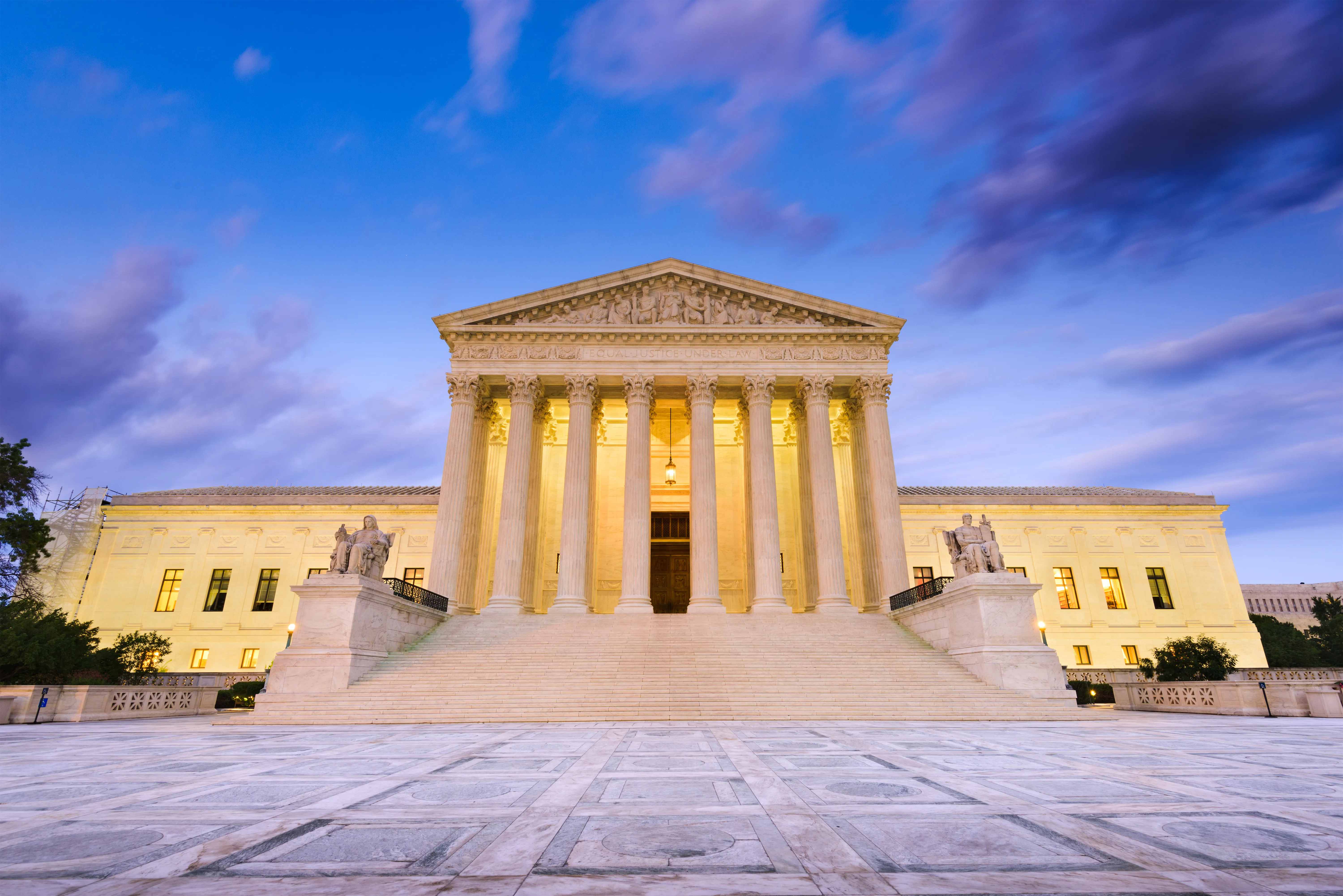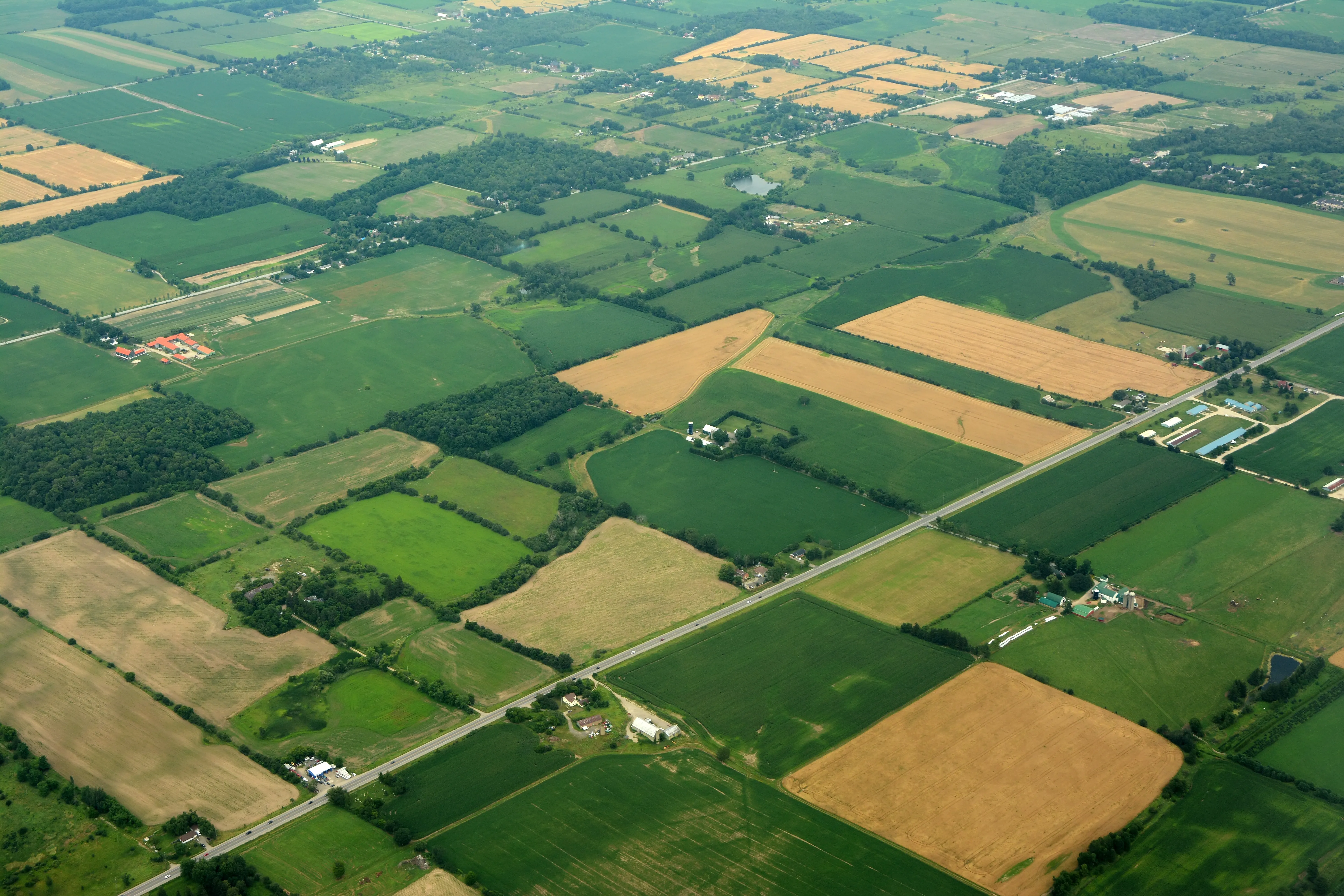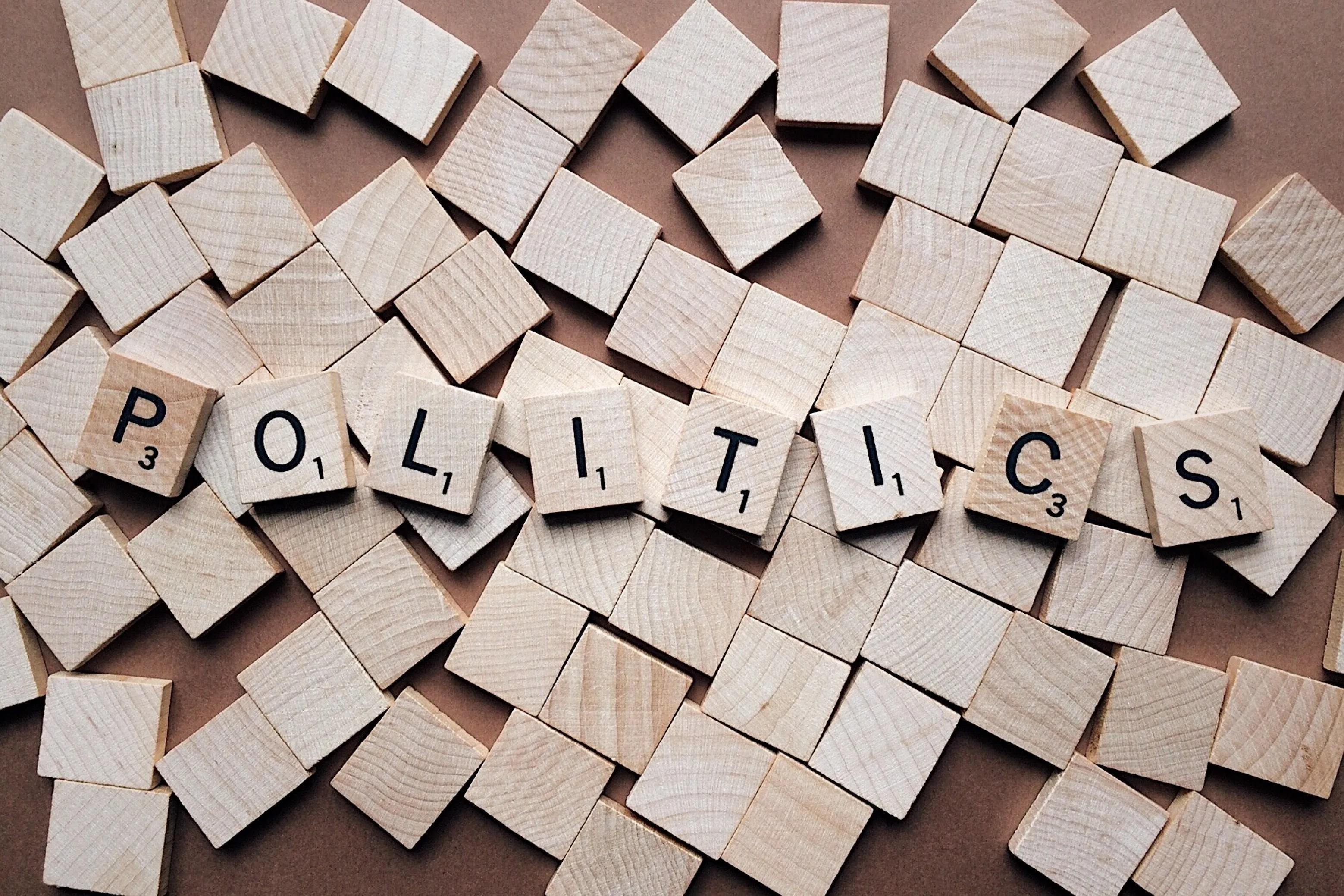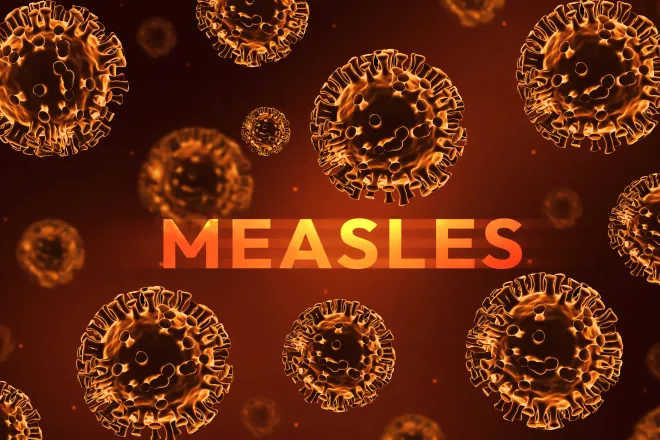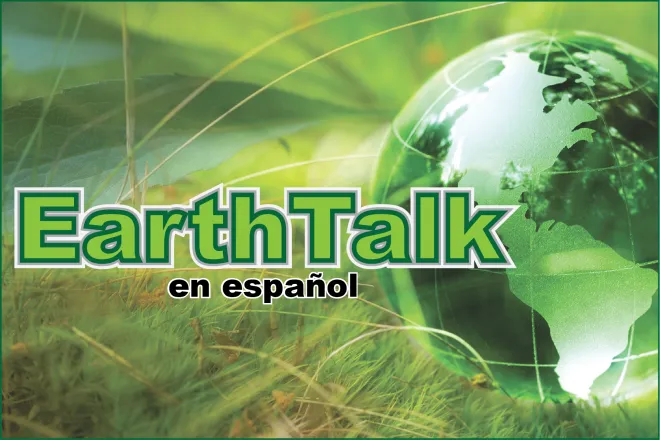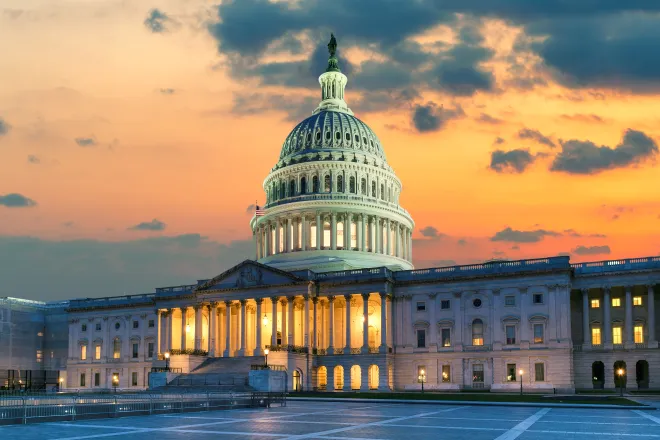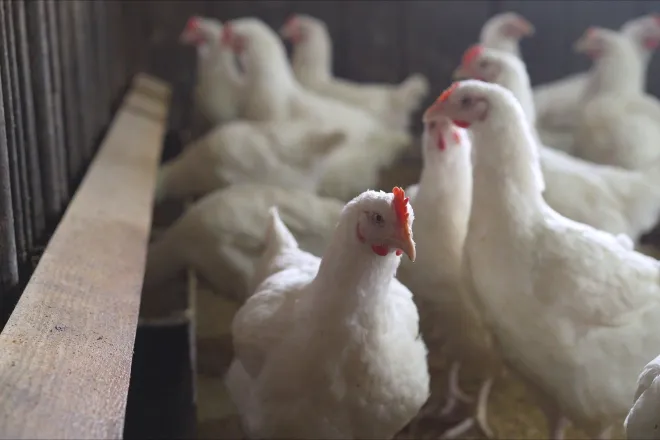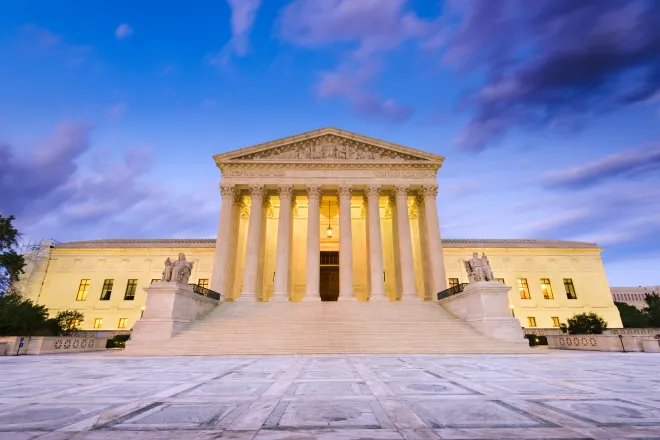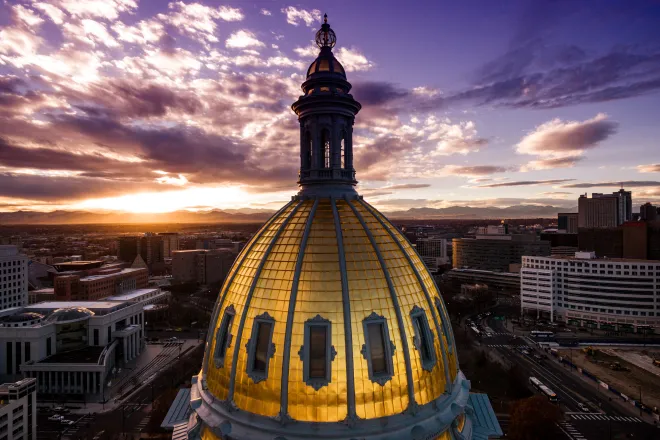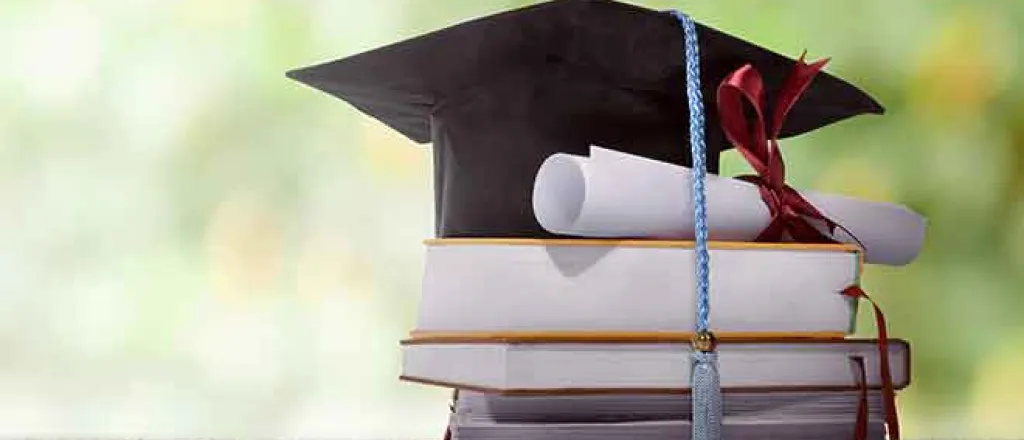
'School choice' funding debate reaches critical stage in North Dakota
Click play to listen to this article.
North Dakota's legislative session is scheduled to end in May, and the issue of using public funds for what's called school choice remains unresolved.
Republican lawmakers are pushing competing bills that would create Education Savings Accounts, giving North Dakota families money to enroll their kids in private schools.
One cleared the state Senate last week after winning House approval, and now both chambers have to sort out the differences. A separate measure has advanced, but not quite as far.
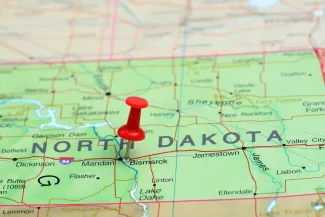
Superintendent Rick Diegel of the Kidder County School District said he doesn't want either one becoming law, noting small public schools like his need the money instead.
"I could use a STEM teacher out here, and our school used to offer family consumer science," said Diegel. "Those CTE programs are vital for kids that decide they don't want to be doctors and lawyers and such. However, because of the cost, I had to cut that program."
He and other bill opponents, including some Republicans, argue private schools are hard to come by in rural counties - and don't have to accept everyone who applies.
But supporters say parents should have more choice, especially if they feel their child needs a more personalized learning environment.
State Senator Michelle Axtman, R-Bismarck, is a main sponsor of an ESA bill that would allow eligible families to use their funds for specialized public school programming, not just private school enrollment.
"Students do not learn in a one size fits all approach," said Axtman, "and that demand has transferred to our school systems."
But Nick Archuleta, president of the teacher's union ND United, warned about going down the school choice path.
He said with North Dakota raising the threshold for ballot initiatives to pass, now at 60 percent, local districts are in a tougher position to win local support for funding critical needs.
"We've had 58 percent, 59 percent of voters in specific communities vote to do something positive," said Archuleta, "to build either a new school or refurbish an existing school. And they aren't able to get the bonding because it wasn't 60 percent."


